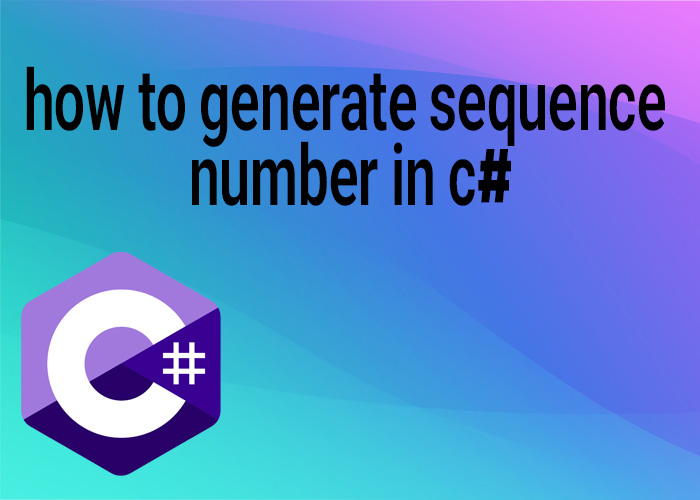Stack in C#: Implementation and Example
A stack is a fundamental data structure in computer science, characterized by its Last In, First Out (LIFO) access method. This means the most recently added item is the first to be removed. In C#, the Stack<T> class within the System.Collections.Generic namespace provides a generic implementation of this data structure, making it easy and efficient to use in a variety of applications. This article explores how to implement and utilize a stack in C# through practical examples.
Understanding the Stack<T> Class
The Stack<T> class encapsulates the behavior of a stack with methods that allow for pushing items onto the stack, popping items off, and peeking at the item at the top of the stack without removing it. Here’s a closer look at these methods:
- Push(T item): Adds an item to the top of the stack.
- Pop(): Removes and returns the item at the top of the stack.
- Peek(): Returns the item at the top without removing it.
- Count: Gets the number of items in the stack.
Example: Using Stack<T> in C#
Here’s a simple example that demonstrates how to use the Stack<T> class to manage a collection of strings:
using System;
using System.Collections.Generic;
public class StackExample
{
public static void Main()
{
Stack<string> books = new Stack<string>();
// Pushing items onto the stack
books.Push("Introduction to C#");
books.Push("Advanced C# Programming");
books.Push("Mastering C#.NET");
// Displaying the top item
Console.WriteLine("Top book: " + books.Peek());
// Popping items from the stack
Console.WriteLine("Books popped from stack:");
while (books.Count > 0)
{
string book = books.Pop();
Console.WriteLine(book);
}
}
}
In this example, three books are added to the stack. The top book is displayed using Peek(), and then all books are removed and displayed using Pop(). This demonstrates the LIFO behavior of the stack.
Practical Applications of Stack<T>
- Undo Mechanisms: Stacks are ideal for features that require undo capabilities, such as text editors or graphic design software, where actions can be reversed in the reverse order they were applied.
- Expression Evaluation: Stacks are used in algorithms that evaluate expressions or parse programming languages.
- Backtracking Algorithms: In scenarios like maze solving or puzzle games, where you may need to backtrack to a previous state.
Conclusion
The Stack<T> class in C# provides a powerful and intuitive means of implementing a stack data structure. By leveraging the LIFO principle, developers can manage data in contexts where the order of operations is crucial. The simplicity and functionality offered by Stack<T> make it an essential tool in the C# developer’s toolkit.





